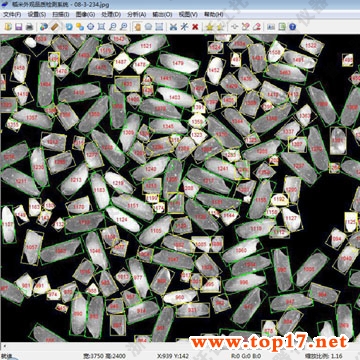With the development of society, the quality of rice has become more and more important. Therefore, in order to strengthen the food safety inspection, many testing organizations or processing companies have increased the testing standards, and applied rice quality judgement and other professional rice quality testing. instrument. In the rice quality test, the determination of the rate of polished rice is one of the important tasks. It refers to the percentage of the weight of the whole sample of polished rice in the polished rice sample to the weight of the sample. Then, what effect can be achieved by using rice judger in the determination of the rate of whole polished rice? The determination of the percentage of polished rice goes through three steps. The first is to weigh the sample, that is, to measure the brown rice obtained from the measured roughness, and to weigh the sample. The second is to grind the milled rice, usually using a rice mill. The heavy brown rice sample grinds the polished rice; the third step is the milling and weighing of the polished rice. The application of rice quality judger in the determination of the rate of polished rice is mainly used in the third step of rice screening. Rice quality judging instrument is an instrument for detecting the appearance quality of rice based on machine vision. It can directly and accurately identify the whole grain of rice in rice and calculate its quantity. Compared with the manual judgment in the past, the judging instrument for rice quality is used. To judge the whole grain of rice, not only can effectively avoid the artificial error, more accurate, and this way is more efficient, effectively improving the efficiency and effectiveness of rice appearance quality inspection. In fact, the rice quality judger can not only be used to determine the rate of rice milled rice, but the indicators that can be detected by the instrument include grain type (length, width, aspect ratio and area of ​​each grain), and the total grain number of the tested sample. , Length average, Width average, Aspect ratio average, Whole grain number, broken rice grains, chalky rice grains, chalky grain rate, average chalky size, chalkiness, transparency, etc. Therefore, through the application of the instrument, researchers can better carry out rice quality testing and rice breeding and other projects, providing important technical force for the continuous improvement of rice quality. Sellers Union Group , https://www.sellersuniongroups.com
